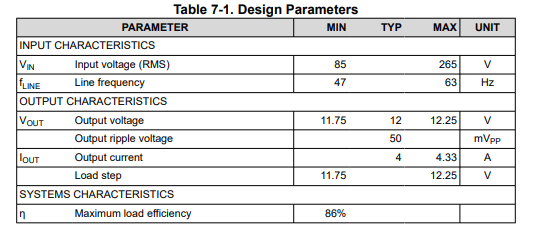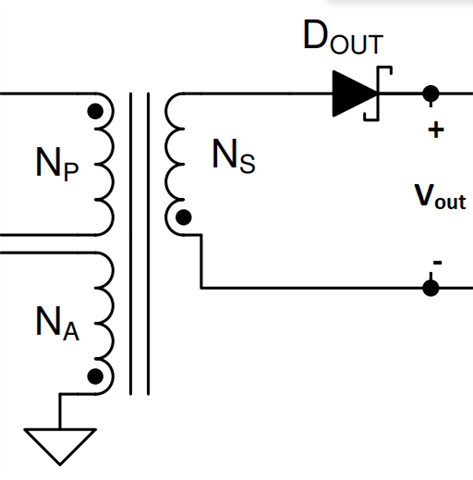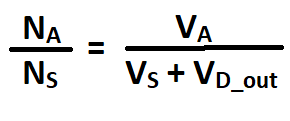Tool/software:
I have got few questions about UC1842 and UC1842A.
1) Can we design the power supply without opto- isolator using these ICs?
2) Shall I use my test requirement voltages in calculations or operating voltages in calculations, for example I am designing a power supply with Vin of 115+/- 10% as my input operating voltage, and power supply testing requirements are 115+/- 20%
3) Equations for Vin ripple and Cin are same in UC1842A datasheet, which one is correct?
4) How do we calculate Vbulk (min ) and Vbulk (max)? In one datasheet Vbulk (min ) is 95V and in other it is 75V.
5) In UC1842 Datasheet page 25, equation 18., how do we calculate Lm?
6) In UC1842 EQUATION 39, What is Mideal? Is it same as Mc? Mc can't be found until I know Se and Sn according to equation 38. To find Se I need Mc according to equation 41.
7) Why the simulation on Webench for 12V SUPPLY With same specification as in application note gives me different Nps and Npa values as compared to datasheets?
8) How can I design EMI filter for power supply to pass DEF STAN 59-411 and Mil-STAN-461 EMC


 . The, V_bulk(min) depends on C_IN. Usually it is sized from 100-200uF.
. The, V_bulk(min) depends on C_IN. Usually it is sized from 100-200uF.


